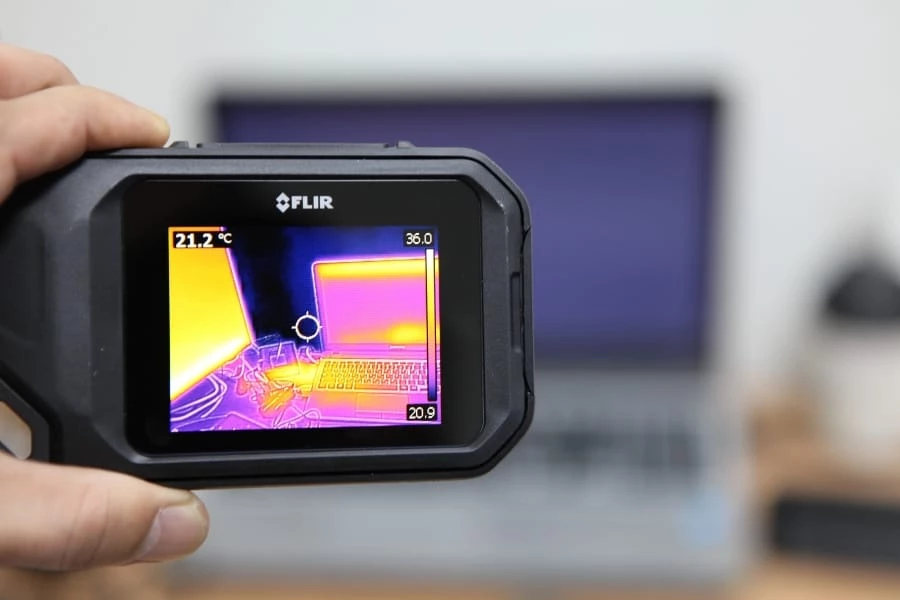
What tech should we invest in to save our planet? Such questions have started gaining weight as we face the challenges of climate change and environmental degradation.
It’s clear that we must take action to protect and preserve our planet, and we can do this by investing in eco-friendly and sustainable technology.
But what tech should we be focusing on? From renewable energy sources to sustainable manufacturing practices and eco-friendly tech gadgets suggested by ExpressVPN, this article will examine the latest technologies that can make a real difference in the fight to save our planet.
Here Are Some Tech That We Can Invest In To Save Our Planet
In this section, we will explore some of these tech options in more detail and discuss how they can contribute to the health of our planet.
Block Chain Technology
Blockchain technology can promote an eco-friendly lifestyle and help protect the environment in several ways. And by investing in such technologies, we’ll be at the forefront of combating environmental degradation. Here are a few examples:
- Supply chain tracking – Blockchain technology can track the movement of goods and materials throughout the supply chain, from the source to the end consumer.
This can help identify areas of waste and inefficiency and can be used to develop more sustainable supply chain practices.
- Carbon credits –The Distributed ledger technology can also create and track carbon credits, which play a role in offsetting greenhouse gas emissions.
This can help businesses and individuals reduce their carbon footprint and encourage the development of clean energy technologies.
- Sustainable agriculture – Frontiers argue that blockchain technology can track the production and distribution of sustainable agricultural products, such as organic food, to promote food safety.
This can help consumers make more informed choices about the products they buy and can support the growth of sustainable agriculture practices.
- Waste management – We can track the movement and disposal of plastic and electronic waste using Blockchain technology.
This technology can help identify areas of waste and inefficiency, and more sustainable waste management practices that will not harm our planet can be developed.
Remote Sensing
Scientists and researchers can use remote sensing to help save the planet by providing data and information that can monitor and protect the environment.
For instance, remote sensing allows them to gather data about natural resources, such as water, forests, and minerals, which can inform resource management strategies like the sustainable use of resources and the protection of natural areas.
The technology can also gather data about land use and cover, like the types of vegetation, soil, and development in an area
, to make the right land use planning decisions like the location of new developments or the preservation of natural areas.
Additionally, remote sensing can gather data about the impacts of human activities on the environment, such as the effects of development, pollution, or resource extraction
, to assess proposed projects’ environmental impacts and inform decisions about their feasibility.
Drones & Crowdsourcing
Drones equipped with sensors and cameras can be used to monitor and track pollution levels in hard-to-reach areas, such as landfills, oil spills, and factory emissions.
Crowdsourcing allows individuals to contribute data and observations about pollution through mobile apps and other online platforms, which can identify sources of pollution and inform response efforts.
Drones can monitor forests, especially endangered species, to ensure that they are preserved and not misused.
World Research Institute has developed Global Forest Watch, an online platform that uses crowdsourcing to allow users to monitor and track forest trends worldwide.
This tool helps to empower individuals and organizations to monitor and protect forests and to take action to address deforestation and other threats.
AI
Artificial Intelligence can also analyze data and make predictions about the impacts of climate change, such as rising sea levels, changing temperatures, and shifts in weather patterns.
This data can inform climate action plans and help communities and businesses adapt to the impacts of climate change.
AI can develop and optimize sustainable technologies, such as renewable energy systems, which can assist in lowering greenhouse gas emissions and mitigating the effects of climate change.
By leveraging the power of AI, we can take action to protect the planet and mitigate the impacts of global warming and climate change.
Thermal Imaging
Wired support the idea that thermal imaging is being used to combat wildlife poaching; here is how they’re doing it.
Thermal imaging cameras can be mounted on drones and then flown to patrol areas where poaching is known to occur.
These cameras can detect the heat signatures of poachers and animals, even at night or in dense vegetation, allowing law enforcement officers to locate and apprehend poachers.
Thermal imaging can also monitor the movement and activity of endangered species, such as elephants, rhinos, and tigers.
This data can encourage conservation, and using thermal imaging technology to detect and deter poaching can help protect endangered species and preserve biodiversity.
Aquatic Robots
Aquatic robots, such as underwater drones, can monitor and study aquatic environments, including oceans, lakes, and rivers.
These robots can be equipped with sensors and cameras to gather data about water quality, marine life, and other environmental conditions that may concern the general well-being of our planet.
Conclusion
This article answers the question, what tech should we invest in to save our planet? Technology is a critical part of the fight against climate change, and many options are available to individuals and businesses who want to do their part.
This article provided an overview of some of the most promising technologies.








